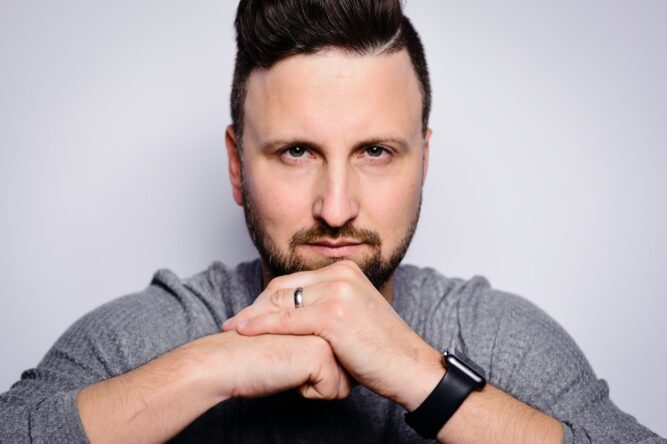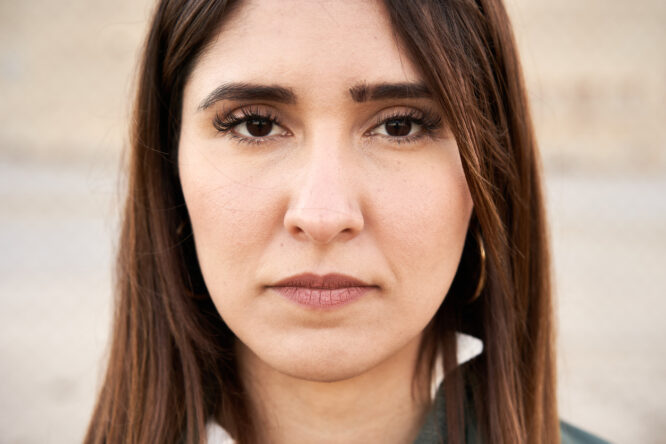When you’re diagnosed with ADHD as an adult, there’s this weird mix of relief and regret.

On the one hand, finally, things make sense! But then also, where were the answers when you needed them most? The good news is, a lot of people who’ve been in your shoes have figured out workarounds that actually work—not because they’re fancy or complicated, but because they match how neurodivergent brains really function. Here are some small-but-mighty life hacks that late-diagnosed adults swear by for making daily life a bit less overwhelming and a lot more doable.
1. Put everything you can on autopilot.

Decision fatigue hits fast. The more you can remove choices, the smoother your day runs. That means wearing the same kind of outfit most days, eating similar breakfasts, or setting up subscription deliveries for basics. Less thinking = less spiralling. And when your brain isn’t clogged with 27 tiny decisions by 9 a.m., you’ve got more bandwidth for the stuff that actually matters.
2. Make boring tasks a sensory experience.

Folding laundry or doing dishes might not sound thrilling, but doing them while blasting a playlist, diffusing a nice scent, or sipping something cold tricks your brain into engaging. ADHD brains love stimulation, so if the task isn’t naturally interesting, you bring the dopamine from elsewhere. It’s not indulgent—it’s strategy.
3. Don’t fight the urge to pace—use it.

If your brain lights up when you’re moving, lean into it. Walk while you voice-note ideas, take calls on the go, or pace while reading aloud. Movement helps regulate your thoughts. What looks like restlessness is often your nervous system trying to process. Let it help, not hinder.
4. Use “dopamine decor” to keep stuff visible.

Out of sight = completely gone. If it’s hidden, your brain will forget it exists. Use open storage, glass jars, pegboards, or even colourful sticky notes to make what matters stand out. Yes, it might look slightly chaotic, but it works. Organisation for ADHD isn’t about tidiness. It’s about visibility.
5. Keep a “done list” next to your to-do list.

When your brain forgets what you’ve accomplished five minutes after doing it, motivation tanks. Writing down what you have done helps balance out all the things you still need to. It’s proof that you’re not lazy—you’re just managing more than your brain can track in real time. Seeing it on paper changes everything.
6. Pair habits with anchors.

Want to take your meds every morning? Put them next to your toothbrush. Want to stretch daily? Leave your yoga mat by the kettle. Anchoring habits to things you already do helps them stick. It’s easier to remember something when it’s physically in your path. ADHD doesn’t respond well to wishful thinking—it responds to visual cues.
7. Use novelty to your advantage.

You don’t have to fight your craving for newness—use it to rotate systems. Switch up your planner every few months, change your workspace layout, or try a new app when you’re in a rut. What matters is the function, not the consistency. If something works for six weeks and then stops, it wasn’t a failure—it served its purpose. Time to move on to the next tool.
8. Time everything, even when it feels silly.

Set a timer for showers, scroll breaks, cooking, even chores. ADHD warps your sense of time, and timers bring things back into focus. They give structure without pressure. The aim here isn’t to be perfect. It’s to create soft boundaries, so time doesn’t vanish on you. Think of it as a reality check, not a deadline.
9. Give tasks ridiculously low entry points.

Instead of “clean the flat,” try “throw away one wrapper.” Instead of “answer emails,” try “reply to one message.” Your brain needs a gentle nudge, not an overwhelming assignment. Most of the time, once you start, momentum kicks in. But even if it doesn’t? You still did something, and that counts.
10. Embrace the power of double tools.

Own two of things you often lose—chargers, headphones, scissors, water bottles. Keep one in every major space. You’re not forgetful; you’re just trying to function in a world that wasn’t designed for your brain. Life gets easier when you stop trying to fix your memory and just build in backup plans that actually match your reality.
11. Keep your “important pile” ridiculously small.

Don’t tell yourself you’ll go through a mountain of papers “later.” Have a tiny tray or folder for the really urgent stuff, and clear everything else out of sight until you can sort it properly. One visual pile is manageable. Six scattered piles are a spiral waiting to happen. Smaller zones mean fewer guilt traps.
12. Use alarms with labels, not just noise.

An alarm that says “Get dressed for work” or “Leave now or you’ll be late” works better than a beep. Your brain needs context, not just sound. Clear labels reduce that “Wait, what was I supposed to be doing?” panic. It feels silly to spell things out, but it’s not. People with ADHD need clarity to follow through—assume nothing, name everything.
13. Use body doubling, even digitally.

Working alone can feel impossible. However, if someone else is in the room, or even on a video call, it suddenly becomes easier to focus. That’s body doubling in action. You don’t need to interact. Just having another person there, even silently, helps ground you in the task. It’s weirdly effective, and yes, totally valid.
14. Let go of “normal” and build what works.

The biggest hack? Stop trying to force yourself into neurotypical systems. If you need to colour-code your socks or set three alarms to get out of bed, do it. If you write your calendar on your bathroom mirror, go for it. The goal isn’t to look organised—it’s to feel supported. You don’t need to be tidy, perfect, or predictable. You just need to be functional on your own terms.




